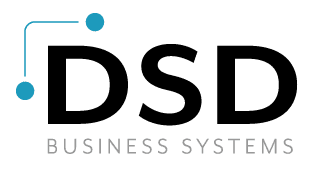Basics of Human Resource / Human Capital Management: An Introduction
The principal aim of human resource management or human capital management is to increase employee performances to their highest levels according to their organizational roles.
Since organization are all about people, human resource management centers around acquiring the right services from the right people, developing their individual skills and in motivating them so that they remain committed towards their employers.
Basic functions of human resource management and human capital management
In other words, human resource management concerns itself with managing employees from their recruitment to retirement. It is now a specialized branch of management; its basic functions include the following:
Recruiting & selecting:
Recruitment is a process that captivates, screens and finally selects qualified and potential candidates for a particular job, based on certain objective criteria. However, before the recruitment process starts, an employer needs to work out a proper staffing plan to determine the exact number of employees it needs.
This forecast again depends on its annual budget as also short and long-term organizational goals. The process of recruitment and selection is crucial to any organization as it effectively reduces the fallacy of employing incompetent or under qualified employees who may harm the organization in the long run.
Conducting orientation programs:
Another major function of human resource management is to help new employees adjust to their employer as he joins a new organization.
Effective orientation programs conducted by the HRD department helps them understand organizational goals and objectives and how they should function achieve them. The orientation program will also help an employee understand the exact job description, his role and duties and his place in the corporate hierarchy.
Maintenance of congenial working conditions:
Yet another critical responsibility of human resource management is the provision of congenial working conditions to all employees so that they are motivated to give their best.
This may be in the form of both non-financial and financial benefits and other employee welfare measures. The latter is known to enhance job satisfaction and increases productivity.
Managing & improving employer-employee relations:
Since the pillars of any organization are its employees, human resource management must endeavor to foster better employer-employee relations always with their abilities to influence employee behavior and work output.
This also includes resolution of disputes between the organization and its employees and putting into practice those appropriate measures that prevent types of disputes.
Role of human resource management in training & development:
The HRD department is also responsible for ensuring that an employee increases his skills and/or knowledge through continuing education.








